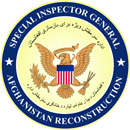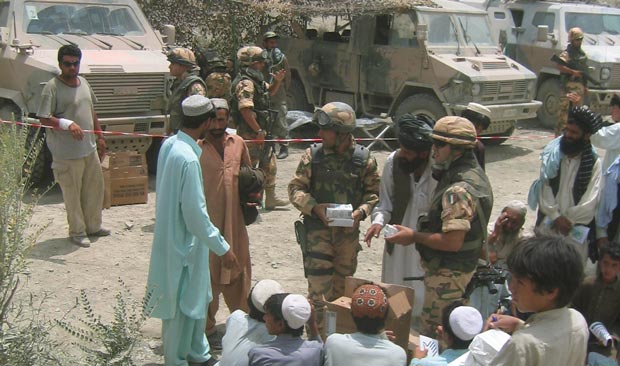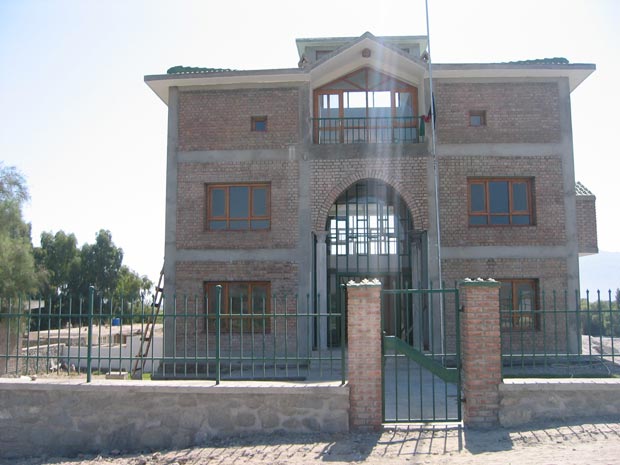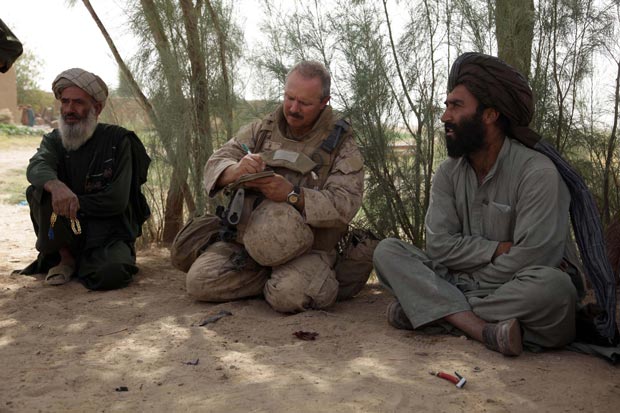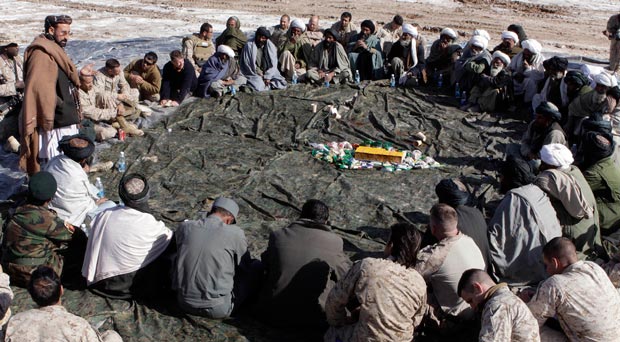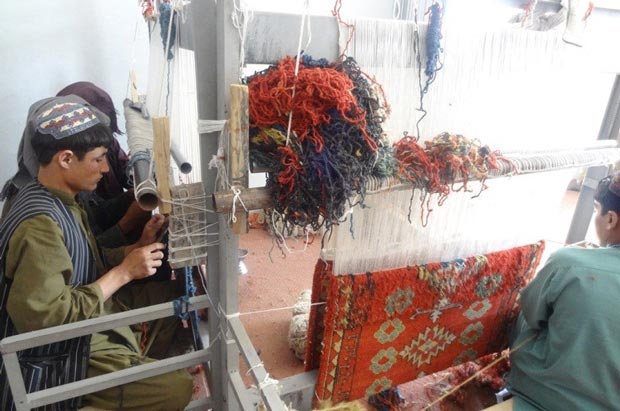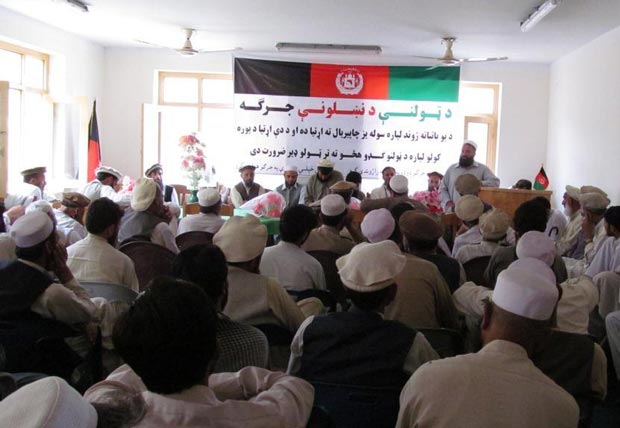This report draws important lessons from the U.S. experience with stabilization in Afghanistan from 2002–2017, with a special focus on the years after 2009 when most of the $4.7 billion in stabilization funds was spent. With the rise of the Islamic State and its affiliates, making poorly governed spaces inhospitable to transnational terrorist groups remains a vital U.S. national security priority.
Our analysis reveals the U.S. government greatly overestimated its ability to build and reform government institutions in Afghanistan as part of its stabilization strategy. We found the stabilization strategy and the programs used to achieve it were not properly tailored to the Afghan context, and successes in stabilizing Afghan districts rarely lasted longer than the physical presence of coalition troops and civilians. As a result, by the time all prioritized districts had transitioned from coalition to Afghan control in 2014, the services and protection Afghan forces and civil servants were in a position to provide often could not compete with a resurgent Taliban as it filled the void in newly vacated territory.
U.S. official embedded with Village Stability Operations“The mission wasn’t to win but rather to get in and out as quickly as possible.”

Under immense pressure to quickly stabilize insecure districts, U.S. government agencies spent far too much money, far too quickly, in a country woefully unprepared to absorb it. Money spent was often the metric of success. As a result, programming sometimes exacerbated conflicts, enabled corruption, and bolstered support for insurgents. Coalition relationships with, and aid and contracts given to, Afghanistan’s elites created new grievances and inflamed old ones as some groups benefited from the war, while others were alienated and driven toward the insurgency.
Former Senior USAID Official“There was a real and pervasive belief that if you dumped money into an economy, you could save it. Those of us who said otherwise were ignored…The strategy was ‘money expended equals success.’”
USAID in Afghanistan: Total Expenditures vs. Stabilization Expenditures, 2002–2017($ Millions)
Note: USAID did not disburse any funds for stabilization in 2002.
According to USAID, historical funding levels may not be comprehensive prior to 2006. For example, the Afghanistan Transition Initiative (ATI) ran from 2002 to 2005, but USAID reporting does not include any disbursements until 2003. USAID spent nearly $2.4 billion on stabilization programs in Afghanistan from 2002 to 2017, $1.5 billion of which was spent between 2009–2011.
Source: SIGAR analysis of USAID response to SIGAR data call, January 18, 2018.
